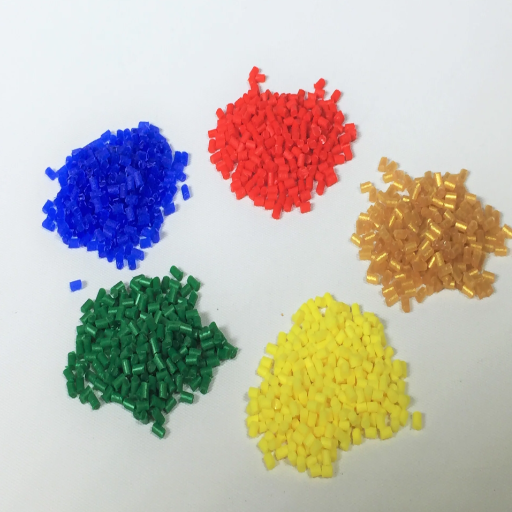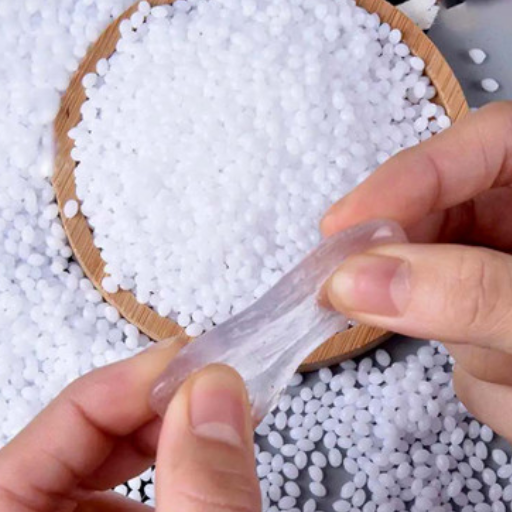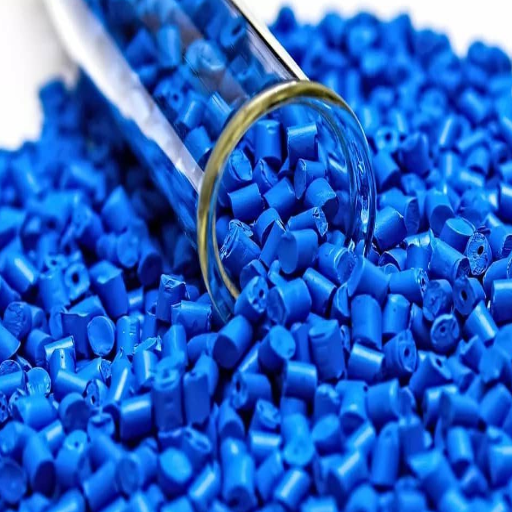Plastic is a material that has transformed industries, revolutionized modern life, and sparked significant environmental debates. This guide aims to provide a comprehensive overview of what plastic truly means, not just as a versatile material but also in terms of its impact on society and the environment. We will explore its origins, types, uses, and benefits, as well as the challenges it poses, such as environmental sustainability and waste management. By understanding the intricacies of plastic, readers can grasp its role in shaping our world while fostering a deeper awareness of responsible usage and potential solutions for a sustainable future.
What is the basic definition of plastic?
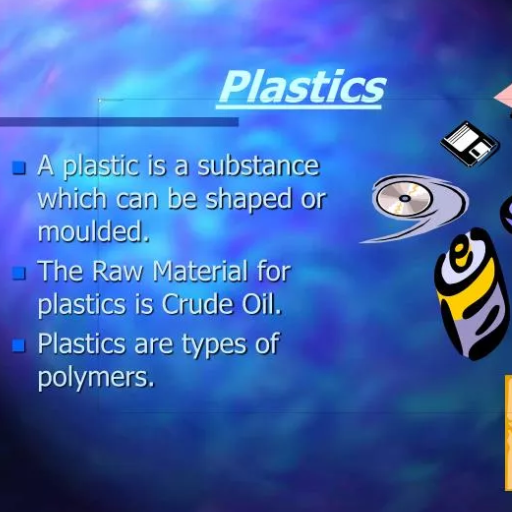
Plastic is a synthetic or semi-synthetic material made from polymers, which are long chains of molecules derived primarily from natural resources like crude oil, natural gas, or plants. It is highly versatile, lightweight, and moldable, making it suitable for an extensive range of applications across industries.
How polymers form the foundation of plastic materials
Polymers, which form the foundation of plastic materials, are made up of long chains of repeating molecular units known as monomers. These molecules are chemically bonded through a process called polymerization, resulting in varying structures that determine the material’s properties. Polymers can be natural, like cellulose, or synthetic, made from petrochemicals. The flexibility in their composition allows plastics to exhibit a diverse range of characteristics, from rigidity to elasticity, which is why they are suited for countless uses in packaging, construction, electronics, and more.
The difference between synthetic and semi-synthetic plastics
Synthetic plastics are entirely man-made, derived from petrochemicals through processes such as polymerization or polycondensation. These plastics, like polyethylene and polypropylene, are created without using natural materials as a base, allowing for precise control over their properties. Conversely, semi-synthetic plastics are derived from naturally occurring polymers that are chemically modified to enhance their performance. For example, cellulose acetate is created by altering cellulose, a natural polymer found in plants. While synthetic plastics offer versatility and durability, semi-synthetic plastics provide a blend of natural origin and enhanced functionality, often making them more biodegradable or environmentally friendly compared to their synthetic counterparts.
Why plasticity is a defining property of these materials
Plasticity is a defining property of plastics, enabling them to be molded, shaped, or deformed under applied pressure and heat without breaking. This characteristic arises from the molecular structure of polymers, which consist of long chains of repeating units. When subjected to heat and stress, these chains can slide past one another, allowing the material to take on new forms. The degree of plasticity varies between thermoplastics and thermosetting plastics—thermoplastics can be remelted and reshaped repeatedly, while thermosetting plastics harden permanently after being set. This property is vital for manufacturing, as it allows plastics to be used in a wide range of industries, from packaging and automotive parts to medical devices and construction materials.
How has the definition of plastic evolved throughout history?
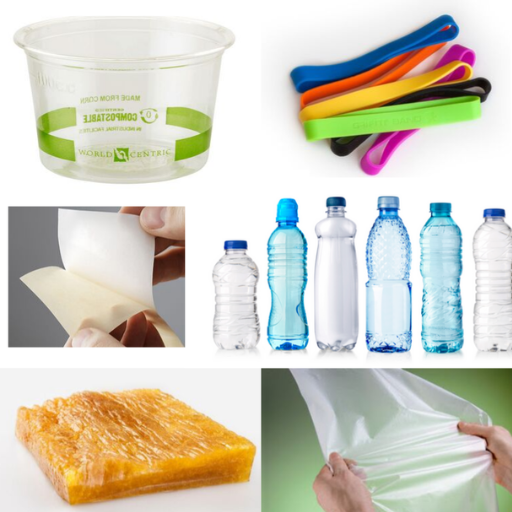
The definition of plastic has evolved significantly over time, reflecting advancements in material science and changes in its applications. Initially, the term “plastic” referred to any material capable of being molded or shaped, including natural substances like rubber and clay. With the advent of synthetic polymers in the late 19th and early 20th centuries, the definition shifted to focus on man-made materials derived from petrochemicals. Over the years, the concept of plastic has expanded further to include biodegradable and bio-based plastics, emphasizing sustainability and environmental impact. This evolution underscores the dynamic nature of the term as it adapts to scientific progress and societal needs.
The word history and etymology of “plastic”
The word “plastic” originates from the Greek word plastikos, meaning “capable of being shaped or molded,” and the related verb plassein, which means “to mold or shape.” This reflects the material’s inherent property of malleability. The term entered the English language in the 17th century, primarily describing materials that could be easily shaped or altered. By the 20th century, with the rise of synthetic polymers, the word evolved to denote a wide range of man-made materials known for their versatility and durability. This linguistic evolution mirrors humanity’s increasing ability to create and modify materials to address various practical needs.
From natural resins to synthetic polymers: the changing meaning
The shift from natural resins to synthetic polymers has been a pivotal development in material science. Natural resins, such as amber and tree sap, were valued for their adhesive and decorative properties in early human history. However, their supply was limited, and their applications were restricted by natural availability and physical properties. The 20th-century invention of synthetic polymers transformed this landscape, providing scalable, customizable, and durable alternatives. Materials like Bakelite, the first true synthetic plastic, paved the way for innovations in industries ranging from construction to electronics. Today, synthetic polymers dominate due to their cost efficiency, adaptability, and diverse applications—though this dominance has also raised environmental concerns about plastic waste and sustainability. This evolution underscores the dynamic relationship between human ingenuity and material utility.
How modern plastic materials have redefined the term
Modern plastic materials have expanded the definition of “plastics” to include advanced polymers with specialized properties that go beyond traditional uses. Innovations such as biodegradable plastics, thermoplastic composites, and high-performance engineering plastics have transformed industries. For example, in medicine, plastics are now used in prosthetics, surgical tools, and drug delivery systems. Aerospace and automotive sectors rely on lightweight yet durable composites to improve efficiency and sustainability. Furthermore, the rise of bioplastics, derived from renewable sources, has introduced eco-friendly alternatives in response to environmental concerns. These advancements showcase how plastics have evolved from simple materials into highly engineered solutions that address complex challenges across various fields.
What are the different types of plastic and their properties?
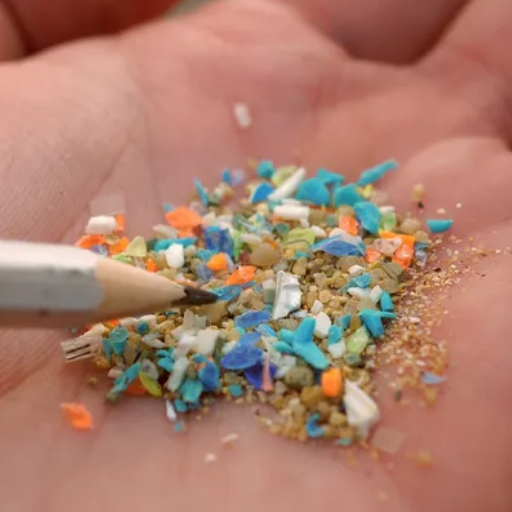
There are numerous types of plastics, each with distinct properties that make them suitable for specific applications. Common categories include:
Thermoplastics – These plastics, such as polyethylene (used in packaging) and polypropylene (used in automotive parts), are moldable when heated and solidify upon cooling. They are lightweight, versatile, and recyclable.
Thermosetting Plastics – Examples include epoxy and phenolic resins, which are strong and heat-resistant. Once hardened, they cannot be remolded, often used in electronics and adhesives.
Bioplastics – Derived from renewable sources such as cornstarch, these plastics are biodegradable and offer eco-friendly alternatives to traditional plastics.
Engineering Plastics – Materials such as polycarbonate and nylon are durable and high-performance, ideal for mechanical and structural applications.
Elastomers – These flexible plastics, like rubber, are used for products requiring elasticity, such as seals and tires.
Each type serves specific roles, driven by their unique characteristics, from flexibility and strength to environmental compatibility.
Thermoplastic vs. thermosetting plastics: key differences
Thermoplastics and thermosetting plastics differ fundamentally in their behavior and applications. Thermoplastics, such as polyethylene and polypropylene, soften when heated and can be reshaped repeatedly without significant chemical change. This makes them highly recyclable and suitable for applications like packaging, containers, and automotive parts. On the other hand, thermosetting plastics, such as epoxy and phenolic resins, undergo a chemical reaction during molding that permanently sets their structure. Once hardened, they cannot be reshaped or melted. Thermosetting plastics are known for their durability, resistance to high temperatures, and strength, making them ideal for electrical insulation, adhesives, and heavy-duty equipment.
The key distinctions lie in flexibility, recyclability, and heat resistance. Thermoplastics offer versatility and reusability, while thermosetting plastics provide rigidity and thermal stability, serving more permanent and demanding applications.
Common plastics: polyethylene, polystyrene, PVC, and more
Plastics play a vital role in numerous industries due to their adaptability and cost-effectiveness. Below is a concise overview of common plastics:
Polyethylene (PE)
Polyethylene is one of the most widely used plastics, valued for its lightweight, durability, and flexibility. It is commonly found in packaging materials like plastic bags, bottles, and containers, as well as in piping and insulation. Variants include high-density polyethylene (HDPE), used in construction and agriculture, and low-density polyethylene (LDPE), ideal for films and coatings.
Polystyrene (PS)
Polystyrene is versatile, ranging from rigid to foam forms. It is commonly used in disposable cutlery, CD cases, and insulation materials like Styrofoam. PS is lightweight, making it effective for packaging fragile goods, though it has environmental drawbacks due to limited recyclability.
Polyvinyl Chloride (PVC)
PVC offers excellent durability and resistance to chemicals and water. It is extensively applied in construction for pipes, window frames, and flooring. Additionally, its flexibility in certain forms makes it suitable for medical tubing and electrical cable insulation.
These materials highlight the wide-ranging utility of plastics across sectors, balancing factors like durability, flexibility, and cost efficiency. Each type serves distinct purposes, aligning with specific industry requirements.
Engineering plastics vs. commodity plastics: properties and uses
There are noticeable differences when it comes to the performance, properties, and applications of engineering and commodity plastics. Engineering plastics consist of components that are created with high-performance characteristics including mechanical strength, thermal resistance, and increased chemical stability. Polycarbonates, polyamides (nylons), and polyacetals are just some examples. These materials have proven their worth in harsh environments, such as in automotive components, aerospace applications, and industrial machinery which pose the threat of stress and strain over time.
On the contrary, we have commodity plastics that include polyethylene, polypropylene, PVC, and polystyrene. Unlike engineering plastics, commodity plastics are less expensive but are not as durable. Their applications include packaging, household items, and even single-use items. While lacking the heat and mechanical resistance of engineering plastic, commodity plastics do provide excellent flexibility, light weight, and ease of processing, making them more desirable for high volume manufacturing.
In the end, the choice between engineering and commodity options highly depends on the operational conditions, the provided budget, and the endurance required.
How is plastic defined as a noun in different contexts?
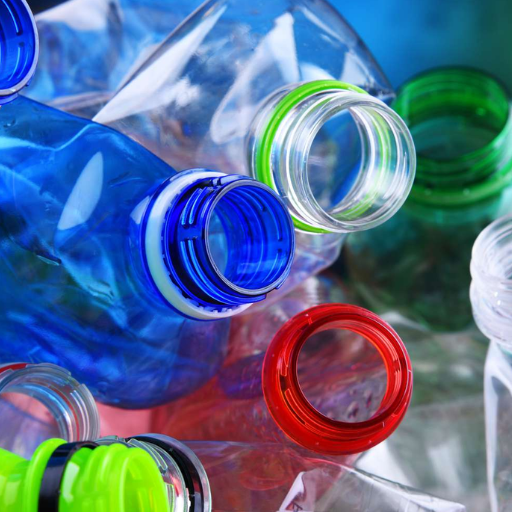
Plastic, as a noun, can be defined in various contexts depending on its usage. Scientifically, it refers to synthetic or semi-synthetic materials made from polymers that can be molded into shapes when soft and retain their form when hardened. Economically, it describes a category of versatile materials used in countless industries such as packaging, construction, and automotive. Culturally, “plastic” can metaphorically signify something artificial or superficial. Additionally, in the context of payment, “plastic” is commonly used as a colloquial term for credit or debit cards.
Plastic in manufacturing and industrial terminology
The effectiveness and cost-benefit advantages of plastics make them crucial in modern manufacturing and industry. They can be divided into two main categories: thermoplastics and thermosetting plastics. Thermoplastics, such as polyethylene and polypropylene, can be repeatedly heated and remolded. This property makes thermoplastics ideal for flexible and recyclable applications. Once set, thermosetting plastics, like epoxy and phenolic resins, cannot be remolded and so are used in high-performance applications that require sturdier structures. Plastics are widely employed in the construction industry for pipes, insulation, and fittings, in the automotive industry for lightweight parts that improve fuel consumption, as well as in many other industries. In electronics, healthcare, and food packaging, the versatility of plastics along with their chemical resistance, ability to insulate thermally, and ability to be molded make them indispensable in countless applications.
Plastic as a material category in recycling and waste management
When it comes to recycling and waste management, plastics are categorized based on their chemical composition and recyclability. Typically, plastics fall into seven categories, identified by the Resin Identification Code (RIC), which indicates how they should be processed. Common recyclable plastics include PET (used in water bottles) and HDPE (found in milk jugs), both of which are widely accepted in recycling facilities. Other types—such as PVC or certain mixed plastics—are more challenging to recycle due to contamination risks or limited processing technology.
One major issue is the presence of non-recyclable plastics like single-use items or items contaminated with food waste, which often end up in landfills. To improve waste management, many initiatives focus on reducing plastic use, increasing the use of biodegradable alternatives, and investing in advanced solutions like chemical recycling and pyrolysis. By properly sorting and disposing of plastics based on these categories, we can enhance recycling efficiency and mitigate environmental impact.
How “plastic” as a term appears in everyday language
The term “plastic” in everyday language extends far beyond its literal meaning. Commonly, it refers to synthetic materials used in countless products, but it is also used metaphorically to describe flexibility or adaptability, such as in “plastic arts,” which involve shaping and molding materials creatively. Additionally, “plastic” can carry a negative connotation in social contexts, implying something superficial or inauthentic, as seen in phrases like “plastic smile.” This dual usage highlights the term’s versatility and its embedded role in both tangible and abstract discussions.
What are the key properties of plastics that define them?
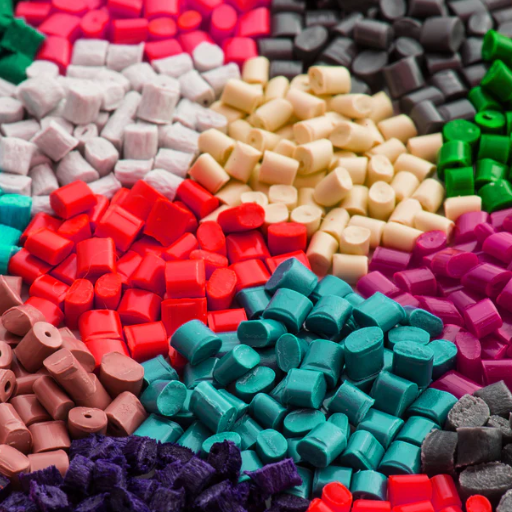
Plastics are defined by a set of unique properties that make them widely applicable across industries. These include:
Lightweight – Plastics are significantly lighter compared to materials like metals or glass, making them ideal for transportation and portability.
Durability – They are resistant to corrosion, moisture, and many chemicals, ensuring long lifespans in various environments.
Flexibility – Plastics can be molded into countless shapes and forms, allowing for diverse use cases.
Insulation – Both thermal and electrical insulation properties make plastics essential in construction and electronics.
Cost-effectiveness – Compared to many alternative materials, plastics are affordable to produce and process, enabling mass production.
These properties collectively explain their pivotal role in modern manufacturing and daily life.
Moldability and forming capabilities through injection molding
Injection molding is a highly versatile manufacturing process that allows for the efficient production of complex and precise plastic components. This technique involves injecting molten plastic into a carefully designed mold, where it cools and solidifies to take on the desired form. One of the key advantages of injection molding is its ability to create highly detailed parts with minimal material waste.
The process stands out for its scalability, making it ideal for both small and large-scale production. It also supports the use of a variety of plastic materials, including thermoplastics, thermosets, and elastomers. Additionally, injection molding enables the production of components with consistent quality, tight tolerances, and intricate geometries. These features have cemented its role as a go-to method across industries such as automotive, consumer goods, medical devices, and electronics.
The role of plasticizers in determining plastic properties
Plasticizers play a vital role in modifying the properties of plastics, primarily by improving their flexibility, durability, and processability. These additives work by reducing the intermolecular forces within the polymer chains, which lowers the material’s rigidity and increases its elasticity. Commonly used in plastics like PVC, plasticizers allow for a wide range of applications, from flexible cables and flooring to medical devices and packaging. The type and concentration of plasticizers can significantly influence properties such as tensile strength, hardness, and thermal resistance. However, their selection must balance performance with concerns about environmental impact and safety, as some plasticizers may pose health risks or degrade over time. The rise of bio-based and non-toxic plasticizers reflects ongoing efforts to address these challenges while maintaining the functional properties of plastics.
Durability, flexibility, and other characteristic properties
Durability and flexibility are essential properties that define the wide-ranging applications of plastics. Personally, I find it fascinating how plasticizers enhance flexibility by reducing the rigidity of the polymer chains, allowing materials like PVC to adapt to diverse uses without cracking or breaking under stress. Durability, on the other hand, depends not just on the base polymer but also on the additives used, such as antioxidants or UV stabilizers, which help prolong the material’s lifespan under various environmental conditions. Balancing these characteristics often involves compromises, like selecting non-toxic plasticizers to ensure safety while still maintaining optimal performance. Such choices underscore the complexity of designing plastics for specific needs while addressing broader concerns like sustainability and health.
Why is understanding the definition of plastic packaging important?
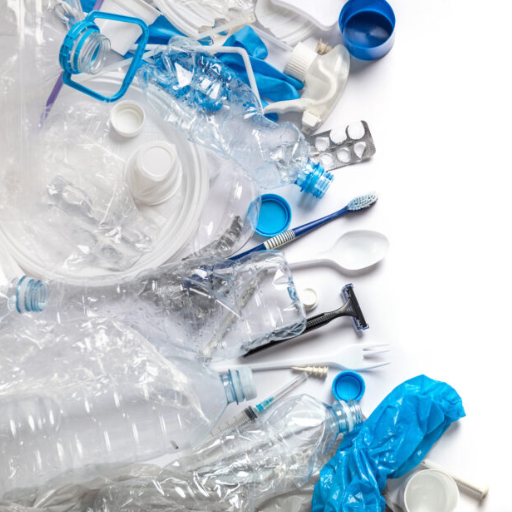
Understanding the definition of plastic packaging is crucial because it informs the development, usage, and regulation of these materials in various industries. Clear definitions ensure that manufacturers can design packaging that meets specific functional needs while adhering to environmental and safety standards. Additionally, it aids in addressing sustainability challenges by identifying opportunities for reducing waste, enhancing recyclability, and transitioning to eco-friendly alternatives. Ultimately, such understanding helps bridge the gap between innovation and responsibility, ensuring plastic packaging serves both practical and ethical purposes effectively.
Different plastic types used in food containers and packaging
Food containers and packaging use many kinds of plastic, customized to meet particular needs:
Polyethylene Terephthalate (PET): PET is widely utilized for drinks and food containers because it is lightweight, break resistant, and durable. In addition, it is recyclable which helps mitigate its ecological impact while still assuring preservation of the food.
High-Density Polyethylene (HDPE): HDPE is well known for being robust and resistant to moisture, so it’s often used in juice bottles, milk jugs, and even cereal box liners. It can be recycled which helps reduce waste.
Polyvinyl Chloride (PVC): PVC is perhaps the most flexible of the above. It is used in shrinkable food covers as well as cling wrap. It does an excellent job of protecting food from getting contaminated, but it is hazardous for the environment and human health which restricts its use.
Low-Density Polyethylene (LDPE): LDPE is flexible and thin. It can also resist moisture, this is why it is used in squeezable bottles, frozen food packaging, and even bread bags. While it is easy to use, it requires a great deal of energy to produce and is not as commonly recycled as other kinds of plastic.
Polypropylene (PP): Best suited for food containers that contain hot liquids, yogurt tubs, and microwaveable meal trays. PP is able to withstand heat. The increasing preference for this material is because it is strong and can be recycled.
Polystyrene (PS): PS is a low-cost and lightweight plastic used in the production of foam containers, disposable utensils, and egg cartons. It poses a significant issue in the area of environmental sustainability and recycling, however.
Identifying these types of plastics empowers one to make responsible choices concerning the design, use, and policy formulation related to food packaging while considering its functionality, safety, and ecological impact.
How plastic packaging is defined in recycling systems (HDPE, LDPE, PET)
Plastic packaging is categorized within recycling systems based on its material composition, denoted by resin identification codes. Here’s how HDPE, LDPE, and PET are defined and processed:
HDPE (High-Density Polyethylene): HDPE is recognized for its strength and rigidity, making it a popular choice for items like milk jugs, detergent bottles, and household containers. This material is highly recyclable and is often processed into new bottles, piping, and plastic lumber. Recycling centers prioritize HDPE due to its durability and demand in the secondary market.
LDPE (Low-Density Polyethylene): LDPE is valued for its flexibility and moisture resistance, commonly found in bread bags, shrink wraps, and squeezable tubes. While it is technically recyclable, its thin and lightweight nature makes it less commonly accepted in curbside recycling programs. Specialized facilities are better equipped to handle LDPE, transforming it into garbage can liners or floor tiles.
PET (Polyethylene Terephthalate): PET is a versatile and widely recycled material, known for its clarity and strength. It is found in water bottles, food jars, and packaging for various beverages and snacks. PET is one of the most recycled plastics globally and is processed into new containers, textiles, or strapping materials. Its high recyclability and value contribute to its prevalence in recycling systems.
The categorization and recyclability of these plastics depend greatly on local infrastructure and consumer participation, highlighting the importance of proper sorting and disposal practices.
The environmental implications of how we define plastic packaging
The definition of plastic packaging significantly influences its environmental impact, recycling potential, and societal perception. When packaging materials are classified based on their type and recyclability, it becomes easier to streamline waste management and recycling processes. However, inconsistencies in these definitions across regions and industries can lead to confusion, improper disposal, and material contamination, ultimately reducing recycling efficiency.
More robust standards for defining plastic packaging could drive better waste sorting, higher recycling rates, and the development of sustainable alternatives. For instance, clear labeling systems and standardized classifications encourage consumer participation and reduce landfill dependency. Furthermore, the overuse of non-recyclable or single-use plastics emphasizes the need for innovation in eco-friendly materials and packaging designs, minimizing resource consumption and carbon footprints.
References
Frequently Asked Questions (FAQ)
Q: What is the definition of plastic?
A: Plastic is a synthetic material made from a wide range of organic compounds derived from fossil fuels. It is known for its malleability and versatility, allowing it to be molded into various forms for different applications.
Q: What are the different forms of plastic?
A: Plastics can take many forms, including acrylics, methacrylates, and cellulose nitrate. Each form of plastic has unique properties that make it suitable for specific uses, such as building materials or packaging.
Q: How are plastics made?
A: Plastics are made through a process called polymerization, where monomers like ethylene or propylene are chemically bonded to form polymers. These polymers can then be shaped into products using techniques like plastic injection molding.
Q: Why is plastic considered a synthetic material?
A: Plastic is considered a synthetic material because it is manufactured from chemicals derived from fossil fuels, like cellulose and starch, rather than being naturally occurring.
Q: What environmental concerns are associated with plastic?
A: One major concern is that billions of tons of plastic may end up in the oceans as marine plastic, impacting wildlife and ecosystems. Additionally, plastics degrade very slowly, leading to long-term environmental pollution.
Q: Can plastics biodegrade?
A: Most traditional plastics do not biodegrade easily. However, some newer plastics are designed to break down more quickly under certain environmental conditions.
Q: How is plastic used in everyday products?
A: Plastic is used in the manufacture of a vast array of products, from plastic bottles and packaging to automotive parts and electronics, due to its durability and low cost.
Q: What role does the plastics industry play in modern society?
A: The plastics industry plays a crucial role in modern manufacturing and product design, providing materials that are essential for producing a wide range of consumer and industrial goods.
Q: Why is plastic chosen for making bottles and containers?
A: Bottles made of plastic are favored because they are lightweight, durable, and cost-effective. The material also provides an effective barrier against moisture and contaminants.
Q: How can individuals help reduce plastic pollution?
A: Individuals can help reduce plastic pollution by recycling, using reusable products instead of single-use plastics, and supporting policies aimed at reducing plastic waste.

